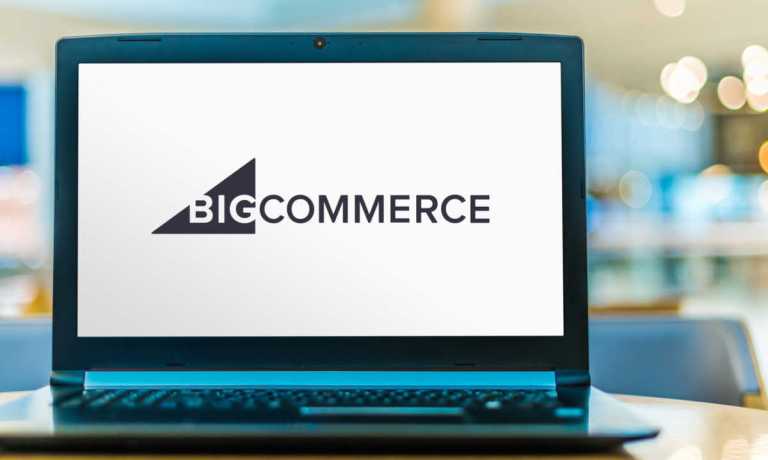
Open Software-as-a-Service (SaaS) eCommerce platform BigCommerce has expanded its Multi-Storefront offering to small businesses.
Launched last year, Multi-Storefront was initially designed to help enterprise merchants launch and manage multiple storefronts within one BigCommerce store. Now, the company is opening this service to its small- to medium-sized business (SMB) customers, according to a Monday (Feb. 6) news release.
“To manage multiple storefronts, it often requires merchants to work with separate back ends that are difficult to manage, time consuming and expensive to maintain, especially for growing [SMBs],” the release said.
Multi-Storefront removes these constraints by consolidating multiple stores into one dashboard that lets merchants streamline operations, save on implementation and maintenance, and offer “tailored shopping experiences” across brands to meet the needs of different buyers around the globe, BigCommerce said in the release.
“An unstable economy is the perfect time to make smart digital tech stack investments that are agile, functional and flexible to build business resilience for long-term growth and success,” Meghan Stabler, senior vice president at BigCommerce, said in the release. “Progressive retailers open to innovation will be well-positioned to succeed regardless of an unforeseeable economic landscape.”
The expansion of Multi-Storefront follows last month’s news that BigCommerce had launched an app allowing U.S. merchants to put Amazon’s Buy With Prime on their BigCommerce storefront with no coding required.
The app lets BigCommerce merchants reach new “high-intent” shoppers and promote greater conversions, Sharon Gee, vice president of revenue growth and general manager of omnichannel at BigCommerce, said in a news release at the time.
“This integration is the first of its kind and is a game changer for Omnichannel merchant and partner growth,” said Gee.
The expansion is also happening at a time when SMBs have been “hobbled on a global stage,” as PYMNTS wrote last month.
The promise of eCommerce is that digital channels allow smaller businesses to compete with digital giants, provided they have the right products and services, the payment methods consumers prefer, and proper back-office functions.
“The promise has not kept up with reality even though the vast majority of companies are smaller players, and thus should conceivably have the tools they need to build an international presence,” PYMNTS wrote.
PYMNTS research in 2022 found that a little more than a quarter of SMBs see the complexity of cross-border payments as a roadblock to their ability to grow, and just 23% of SMBs said that their current cross-border payment solutions were either “very” or “extremely” satisfactory.
“That leaves a staggering three-quarters of SMBs dissatisfied with what’s on offer from their financial institutions (FIs) or other providers,” the study found.
For all PYMNTS retail coverage, subscribe to the daily Retail Newsletter.